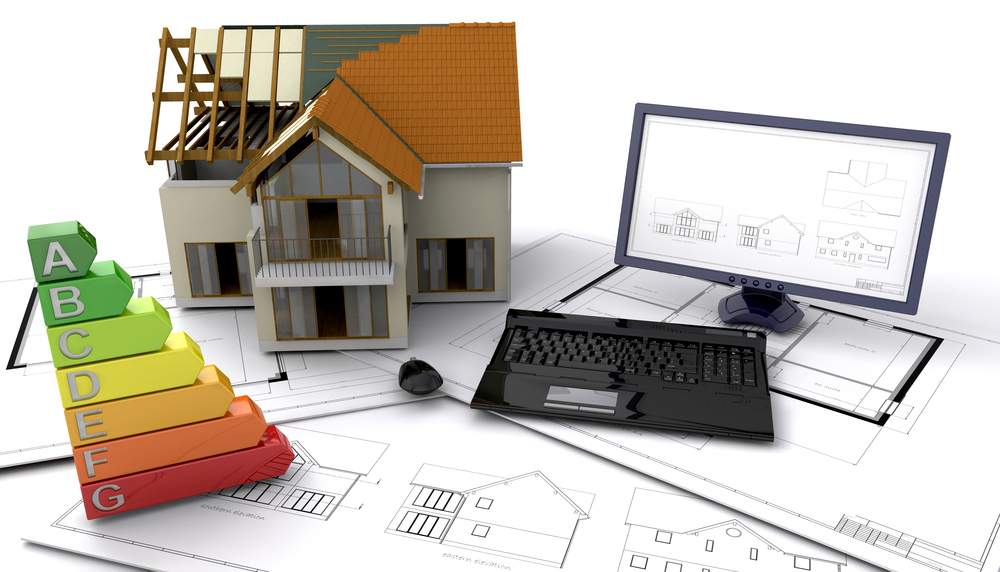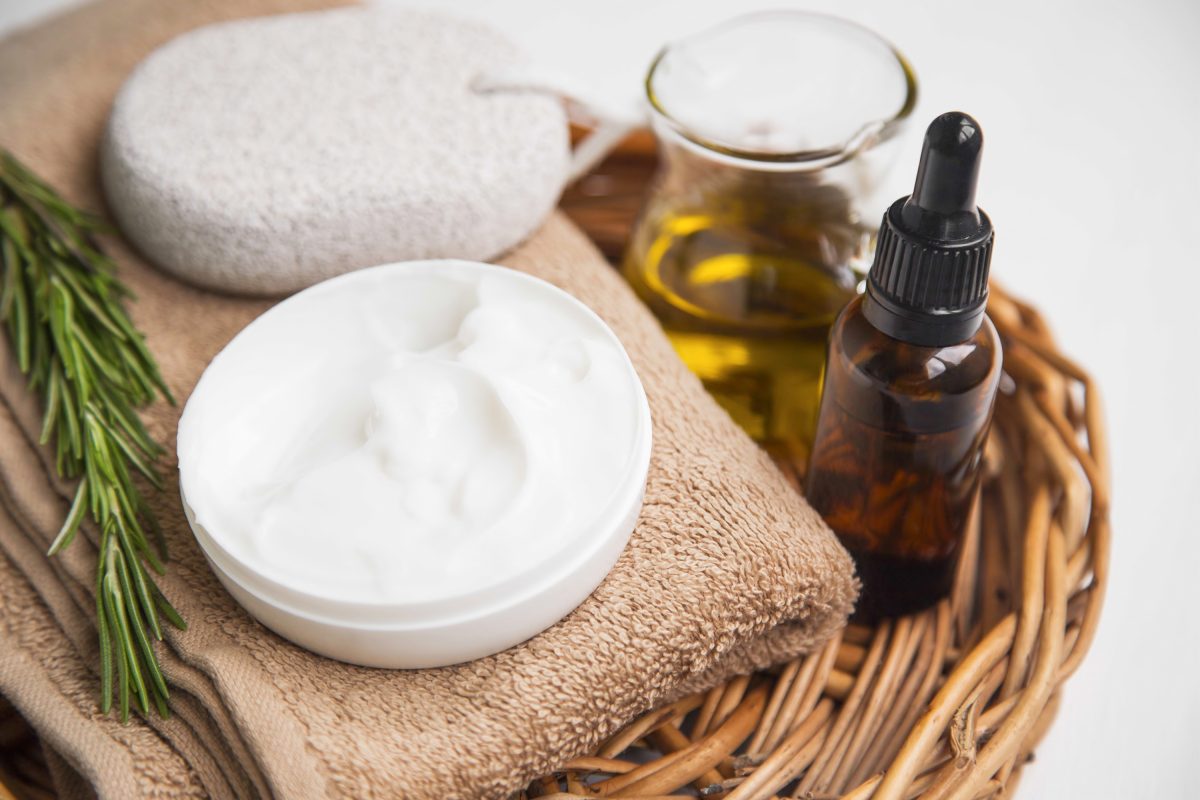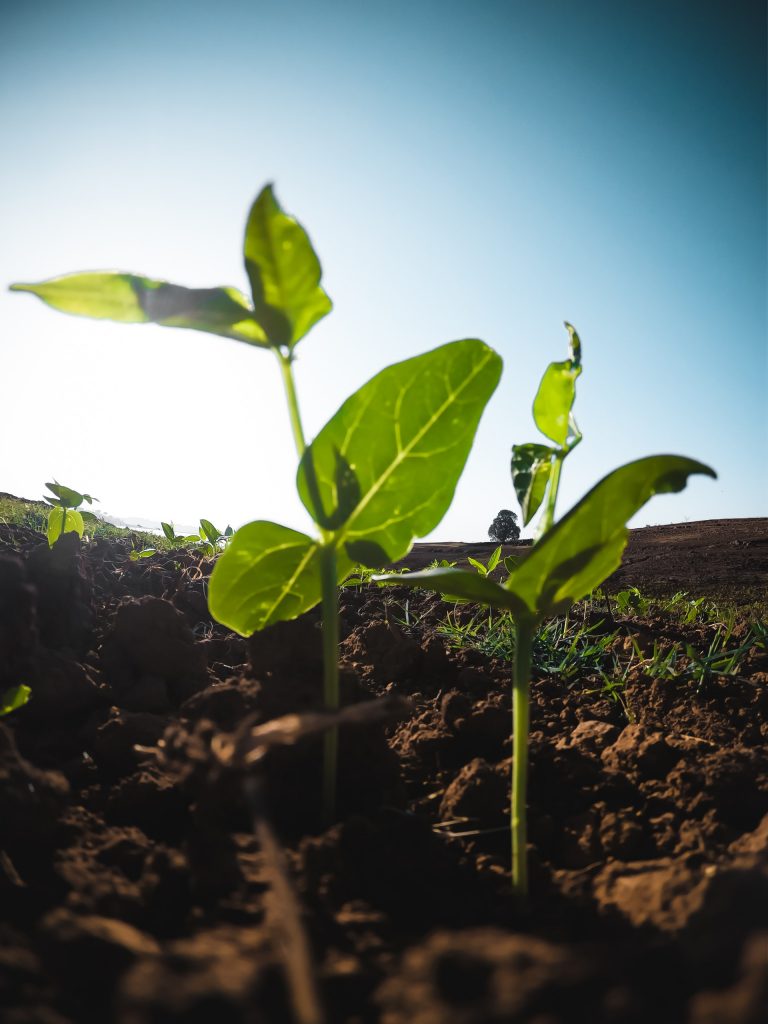With ecotourism on the rise, I did a little research to find the top destinations around the world for an all-out eco-vacation. Each of these places offers visitors something uniquely different. So, consider these locales for your next environmentally friendly getaway.
Costa Rica
Costa Rica has made a name for itself in the ecotourism world due to its well-protected natural beauty. It offers coastlines on both the Caribbean and Pacific, not to mention it is nearly one-fourth rainforest. One of the main draws of this incredible natural location is the chance to see volcanoes up close and personal, aside from the many low-impact hotels and resorts.
Norway
Norway is well known for its sustainable living practices, especially in the Fjords. Fjord, Norway is one of the four pilot destinations of the Global Sustainable Tourism Council, possibly due to the government’s strict regulations on fishing, hunting, and even drilling for oil.
Australia
Australia is home to some of the most diverse species of flora and fauna that are yet to be grown or encountered in Europe and the Americas.
Australia is one of the most popular choices for summer vacation, visiting alpine villages like Thredbo, pristine beaches, cycling, routes, hiking or even mountain biking.
Galapagos Islands
Home to some of the most diverse and distinct species of fauna in the world, the country’s Directorate of the Galapagos National Park implements a strict visitor management system to ensure the natural area remains protected. With a heavy focus on sustainable tourism, this eco-destination is easily one of the most awe-inspiring locations to travel to.
Palau
This island nation in the Western Pacific is part of Micronesia and offers more aquatic sights than it does ones on land. Coral reefs are home to hundreds of species of fish, which makes them perfect for snorkeling and diving. The Palau Project, a part of Blue Planet United, brings in university students to learn about the island and aspects of ecotourism.

On land, the country does offer untouched shorelines and forests filled with diverse plants and animals. The country recognizes its natural beauty and strives to preserve it at all costs.
Portugal
Ecotourism in Portugal is beginning to take hold in this beautiful land. Many places are overbuilt, but some of Portugal’s coastal areas have been recognized as protected landscapes. Their areas include the resorts of Esposende, Sintra and Cascais and southeast Alentejo, near Cabo de São Vicente.
Other areas, especially in the interior are being preserved and set aside for future generations to enjoy.
If I were headed anywhere in the world, these ecotourism destinations would be the top spots on my list. What unique and environmentally friendly places have you visited in your travels? Did I miss any wonderful locations that should have been on this list?
Cuba
Cuba has become a regional model for all other Caribbean islands with regards to sustainable economic development. The small (yet quickly growing) ecotourism industry is helping to stimulate investment and create jobs and wealth for the local community. What’s more, these important steps are helping to preserve the coral reefs and big fish that make Cuba such a special destination. The best Cuban educational tour providers offer immersive socio-cultural experiences so you can meet members of the local community, visit their community projects, and contribute in meaningful ways.












